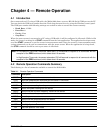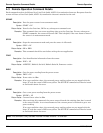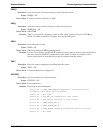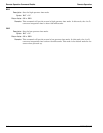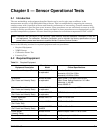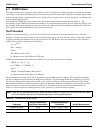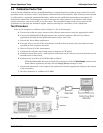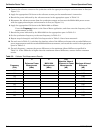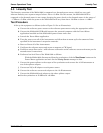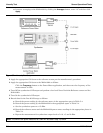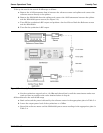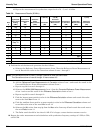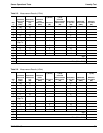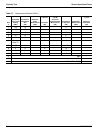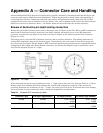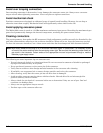
Sensor Operational Tests Linearity Test
MA24106A UG 5-5
5-5 Linearity Test
The linearity correction of the MA24106A is compared to a thermal power sensor, which has very good
inherent linearity over a power range of about –20 to +10 dBm. For this reason, the MA24106A will be
compared to the thermal sensor in two ranges, keeping the power levels to the thermal sensor in the range of
–17 dBm to +5 dBm, while the power to the MA24106A will vary from about –26 dBm to about +14 dBm.
Test Procedure
1. Set up the equipment as follows (refer to Figure 5-2 for an illustration):
a. Connect the reference power sensor to the reference power meter using the appropriate cables.
b. Connect the MA24106A USB cable between the personal computer with the Power Meter
application installed and the MA24106A power sensor under test.
c. Launch the Power Meter application.
d. Turn the power on to all of the instruments and allow them to warm up for the amount of time
specified in the instrument’s respective manuals.
e. Reset or Preset all of the instruments.
f. Configure the reference meter and sensor to measure a CW signal.
g. Perform a sensor Zero and a 1 mW reference calibration on the reference sensor and meter per the
manufacturer’s instructions.
h. Perform a low-level Zero of the MA24106A as follows:
With the MA24106A disconnected from the synthesizer, click the Zero Sensor button on the
Power Meter application and wait for the Zeroing Sensor message to close.
i. Connect the power splitter to the output of the synthesizer and connect the 10 dB attenuator to
one of the splitter outputs.
j. Connect an N(f) to K adapter to each power sensor.
k. Connect the reference sensor and adapter to the 10 dB attenuator.
l. Connect the MA24106A and adapter to the other splitter output.
m. Set the synthesizer to 50 MHz and +20 dBm.



